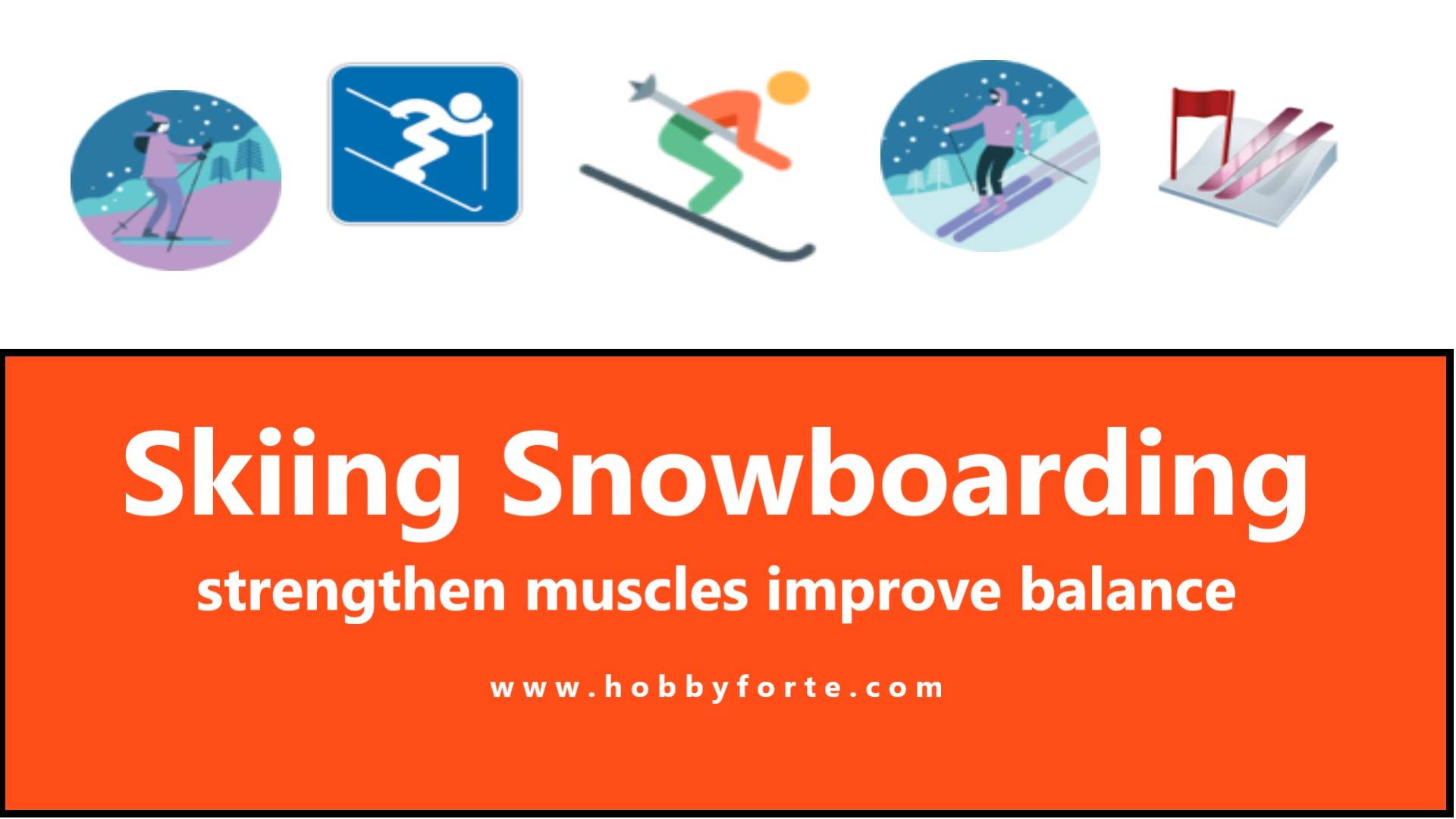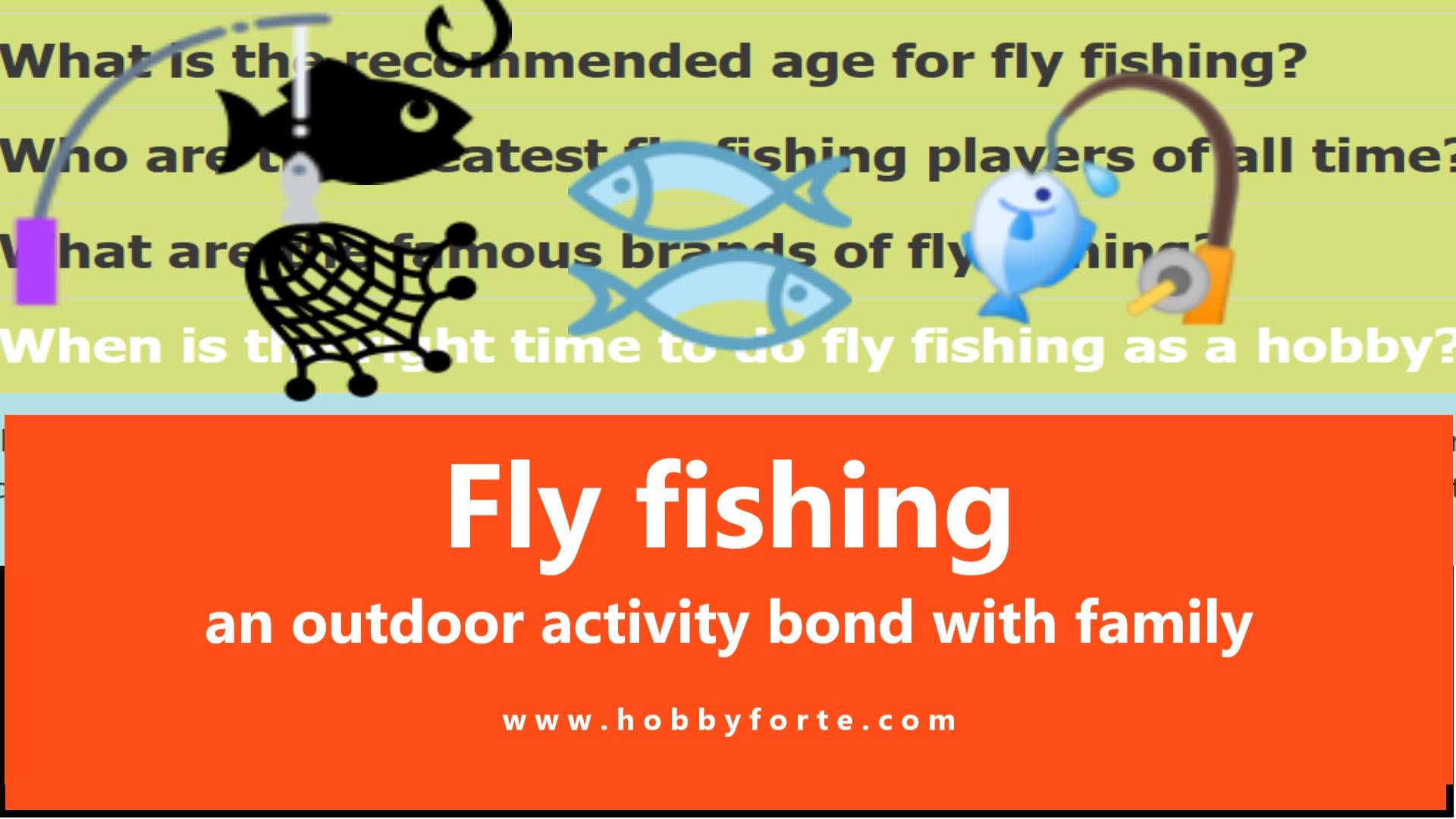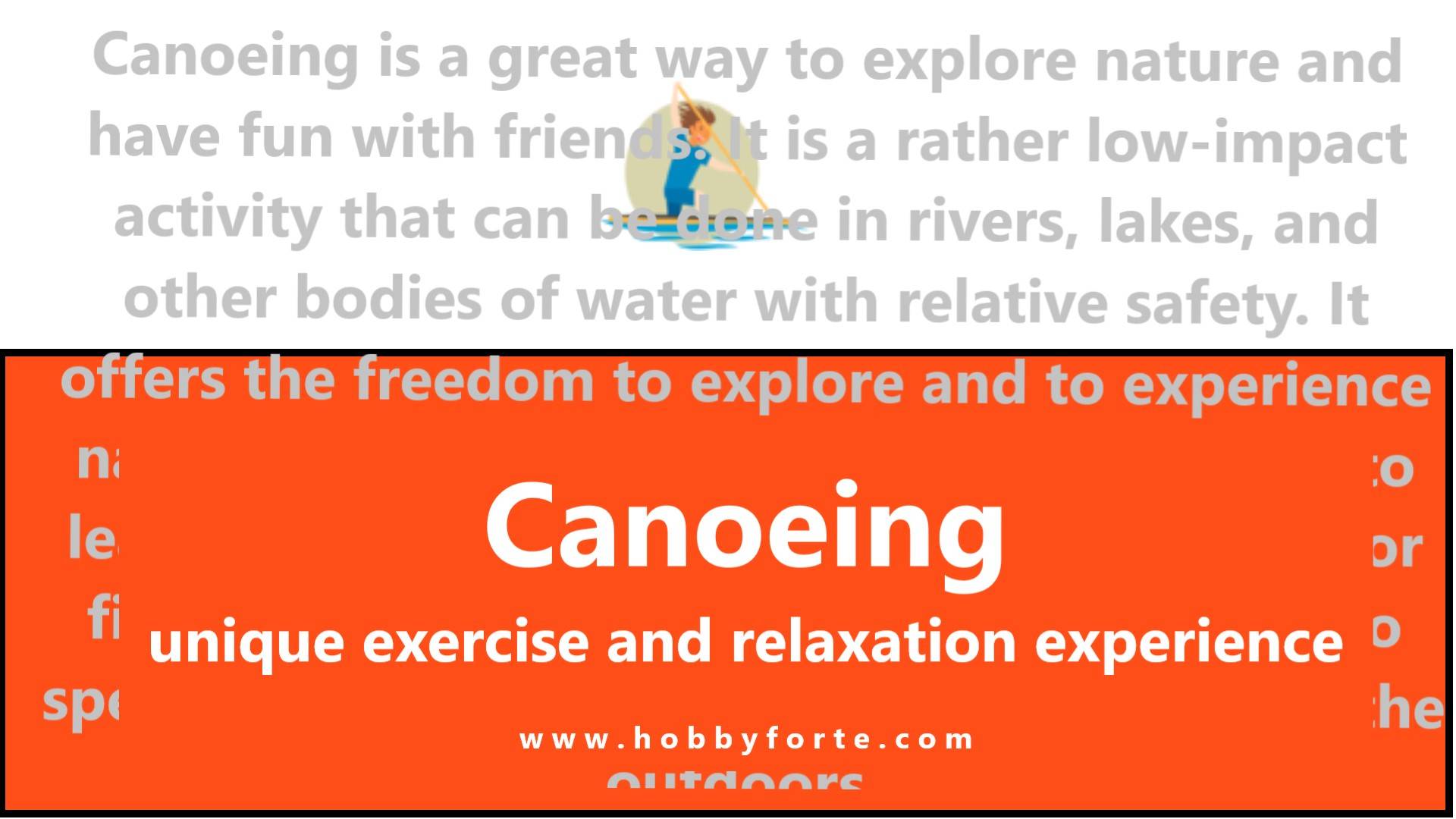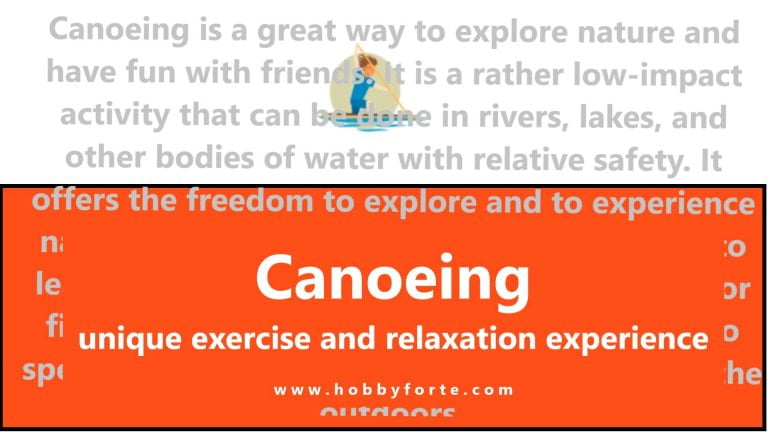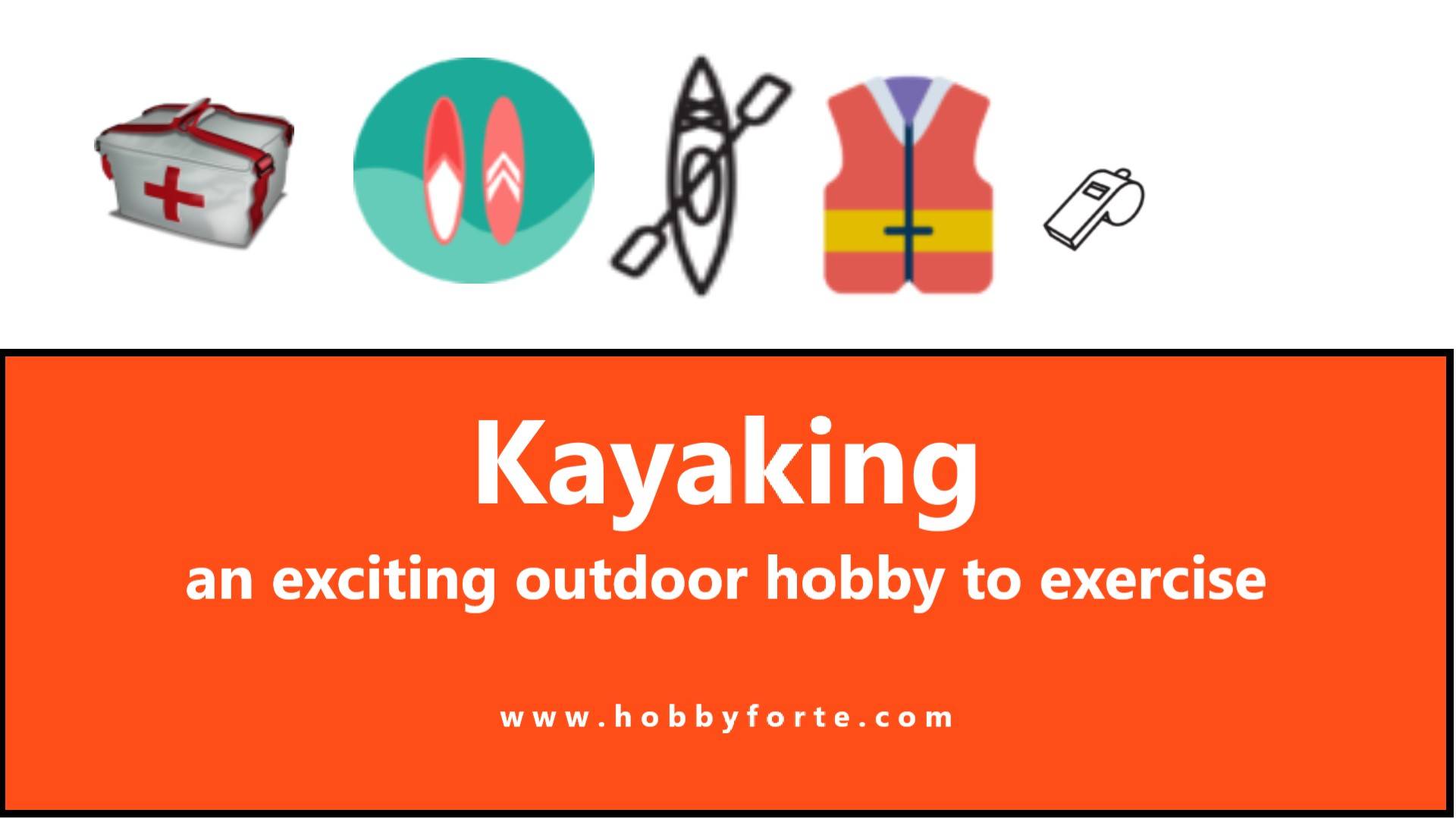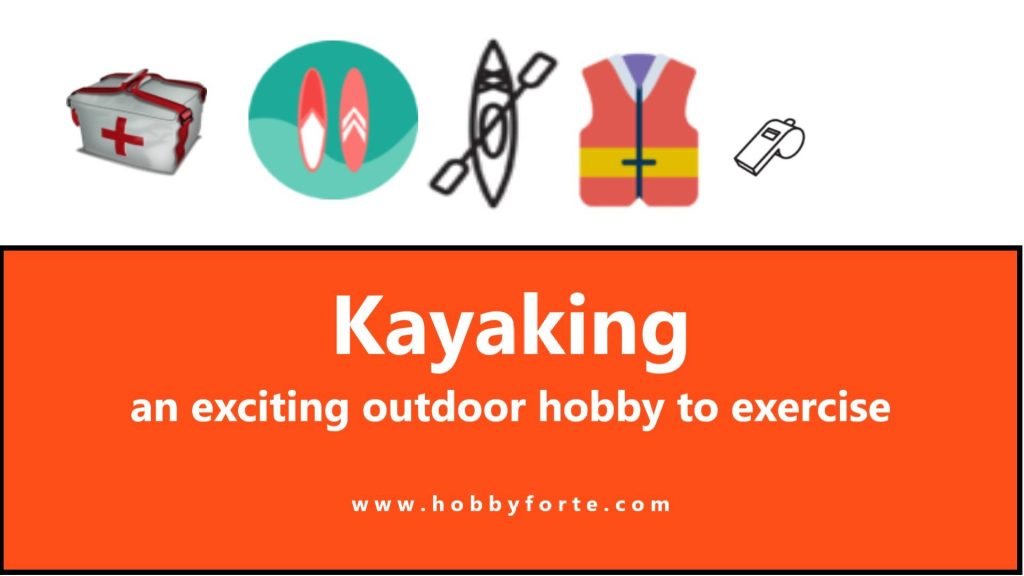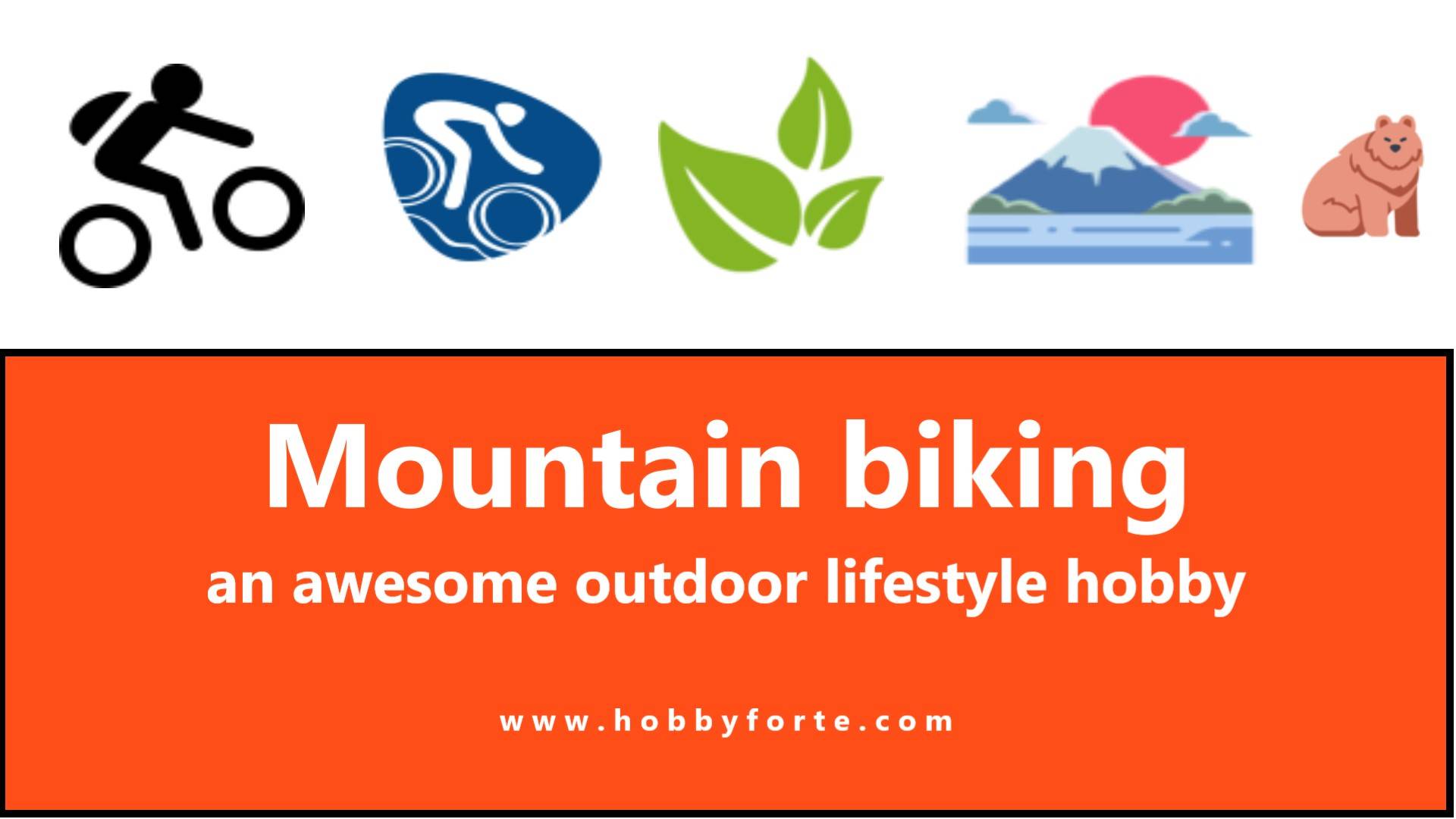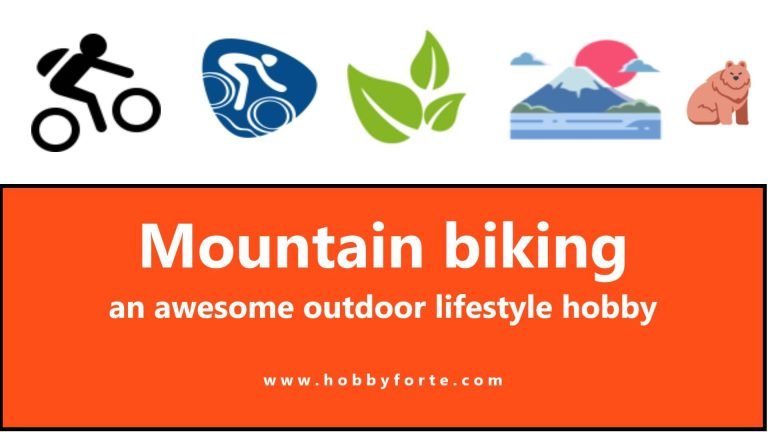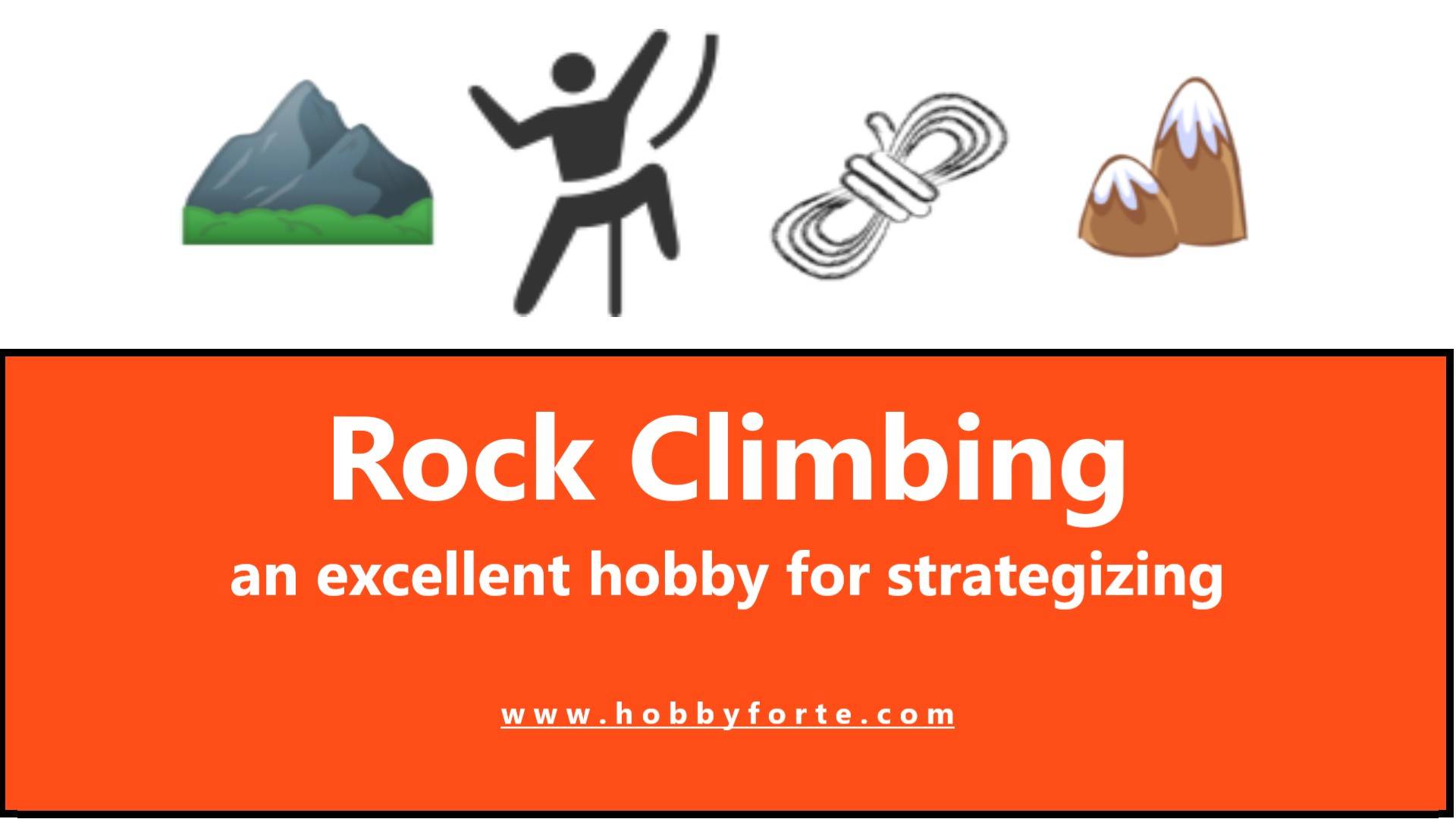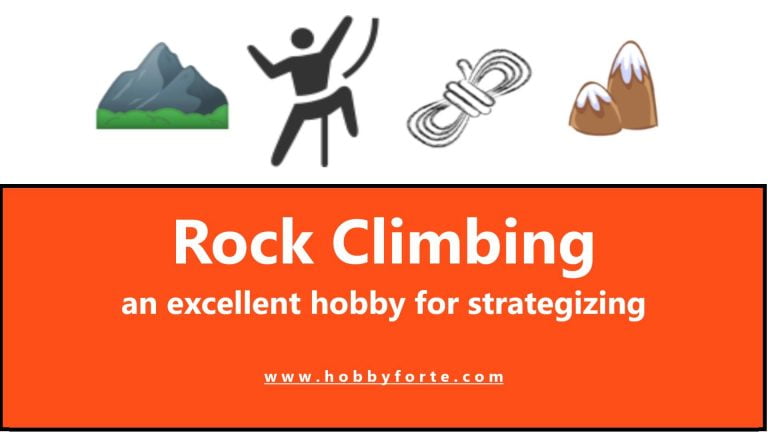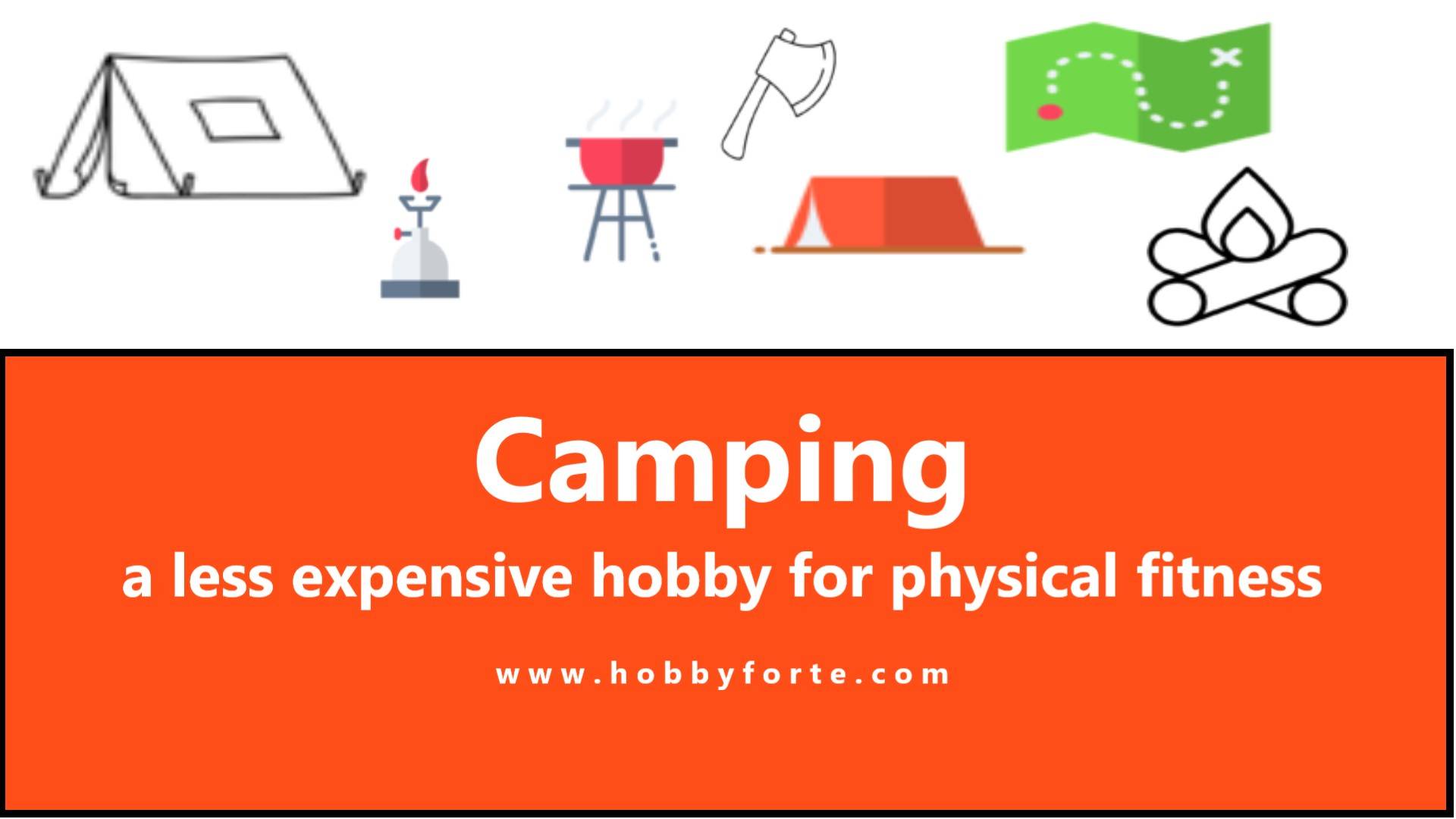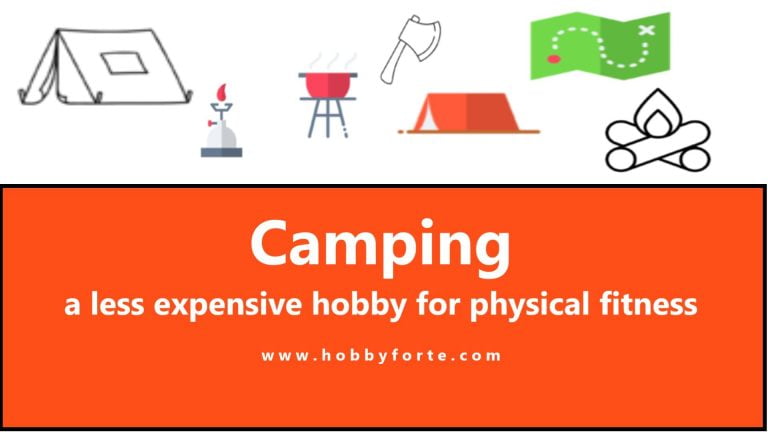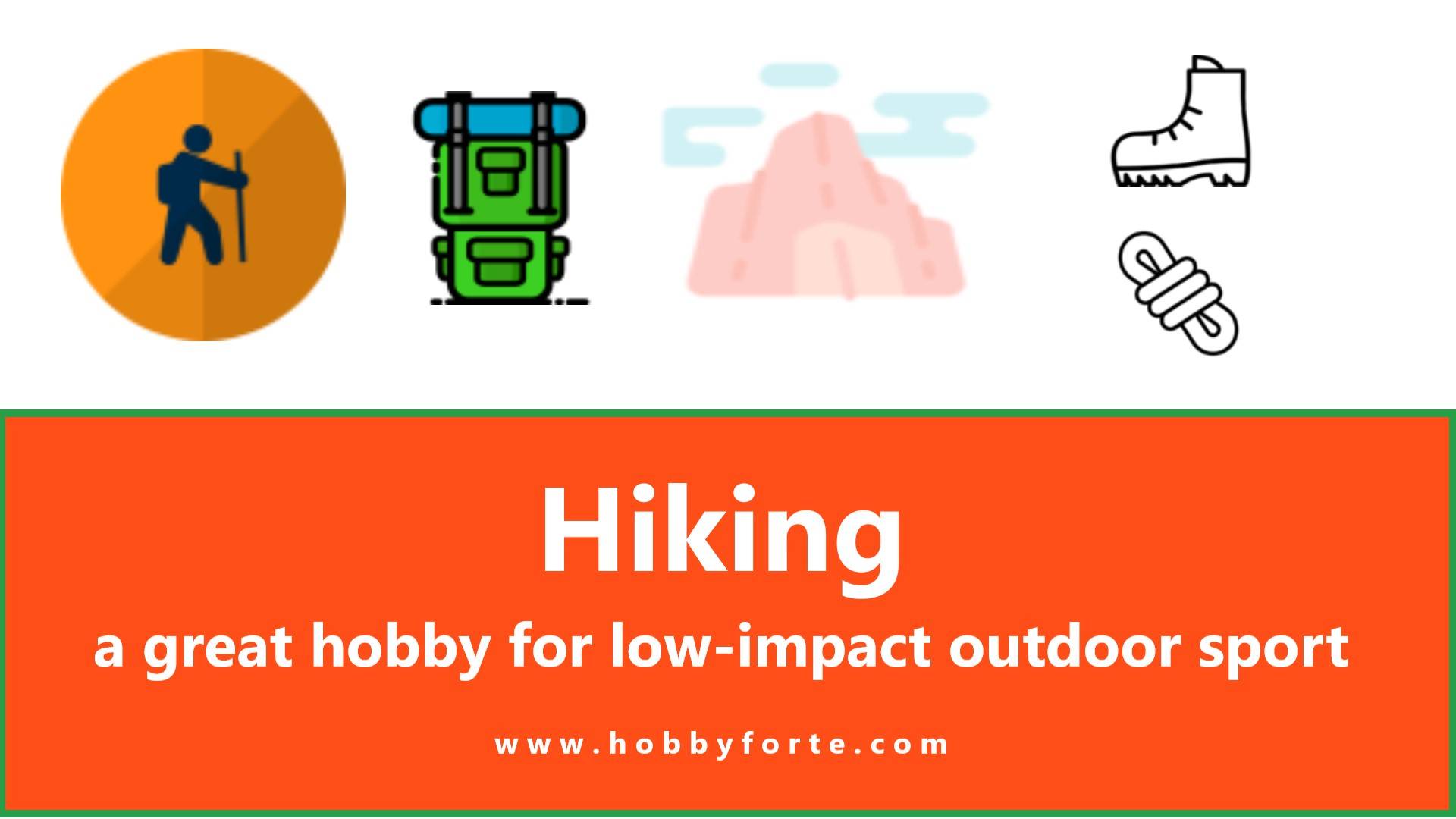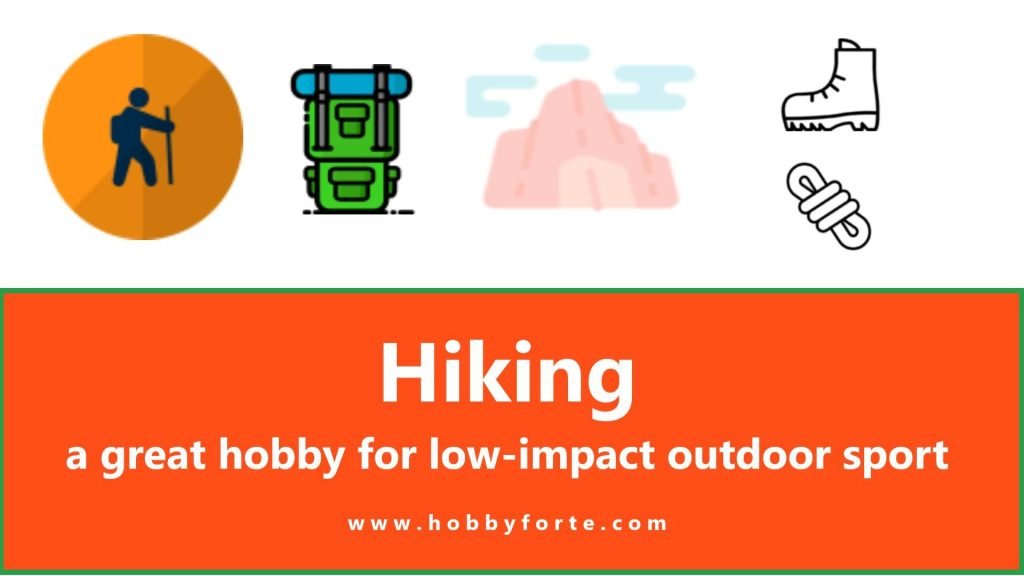Skiing and Snowboarding
Hit the slopes with skiing and snowboarding—two exhilarating winter sports that deliver serious muscle conditioning, enhance core stability, and sharpen balance and coordination. Whether you’re carving down mountains or mastering jumps, these activities offer a fun way to stay fit and agile all season long.
Skiing and snowboarding are both an incredible way to explore the outdoors. From freshly groomed slopes to freeriding off-piste, the thrill and exhilaration of carving down a mountain is unparalleled. With the right equipment, knowledge and experience, skiers and snowboarders can traverse icy terrains with confidence and style. Whether you’re a beginner or an experienced winter sports enthusiast, the snowy landscapes provide endless opportunities to enjoy and explore.
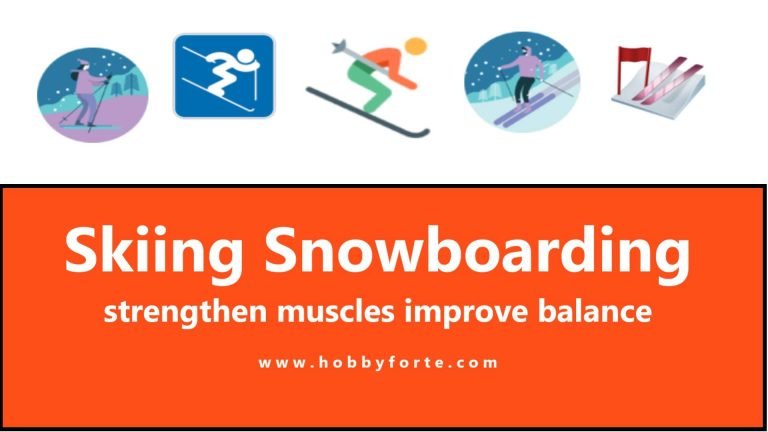
Features
Skiing and snowboarding are two winter sports that involve sliding down a snow-covered hill or mountain. Both winter sports can be enjoyed recreationally as well as professionally. Skiing typically involves two boards that are attached to the skier’s feet, while snowboarding involves one board that is strapped to the boarder’s feet.
These involve a variety of different skills and movements to navigate down the slopes. A variety of different conditions can be found ranging from groomed and packed snow to powdery snow and moguls. The gear required for these sports are ski/snowboard boots, bindings, poles, as well as a variety of different clothing to keep the body warm while shredding down the slopes.
Recommended Age
The recommended minimum age for skiing and snowboarding is 5 years old. It is important to be aware that it is not just the age, but also the ability level of the skier or snowboarder that should be taken into consideration. Most ski and snowboard resorts will require children under the age of 12 to be accompanied by an adult.
Greatest Players of All Time
The greatest skiing / snowboarding players of all time are:
- Bernhard Russi (Switzerland): Russi was a Swiss alpine ski racer and Olympic gold medalist. He won the World Championships combined title in 1971, and the World Cup slalom title in 1972 and 1973.
- Jean-Claude Killy (France): Killy was a French alpine ski racer, Olympic gold medalist, and World Cup champion. He dominated the sport in the late 1960s and throughout the 1970s.
- Ingemar Stenmark (Sweden): Stenmark was a Swedish alpine ski racer and World Cup champion. He won an unprecedented 86 World Cup races as well as 8 World Cup titles.
- Alberto Tomba (Italy): Tomba was an Italian alpine ski racer and Olympic gold medalist. He was known for his flair for the dramatic and boasts one of the most successful World Cup careers in the history of the sport.
- Pirmin Zurbriggen (Switzerland): Zurbriggen was a Swiss alpine ski racer and World Cup champion. He won the overall World Cup title in 1989 and accumulated 11 World Cup wins in total.
Famous Brands
- Atomic Skis
- K2 Skis
- Rossignol Skis
- Salomon Skis
- Burton Snowboards
- Lib Tech Snowboards
- Arbor Snowboards
- Flow Snowboards
- Nitro Snowboards
- Ride Snowboards
Right Time
The best time depends on where you live and the type of skiing or snowboarding you want to do. If you are looking for deep powder and fresh snow, then winter is usually the best time to go skiing or snowboarding. If you want to avoid the crowds and enjoy a calmer atmosphere on the mountain, then late fall and early spring can be great times to go.
Best Places
The most popular skiing and snowboarding destinations include the United States, Canada, France, Switzerland, Austria, Italy, Japan, New Zealand and Australia.
- Chamonix, France
- Whistler Blackcomb, British Columbia, Canada
- St. Anton, Austria
- Aspen Snowmass, Colorado
- Val Thorens, France
- Zermatt, Switzerland
- Zao Onsen, Japan
- Les Trois Vallees, France
- Cortina d’Ampezzo, Italy
- Jackson Hole, Wyoming
- Park City, Utah
- Vail, Colorado
- Livigno, Italy
- Big White, Canada
Differences
Both winter activities that involve sliding down a hill or slope on either skis or a snowboard. The main difference between the two activities is the equipment used and the way the user moves down the slope. Skiing involves two skis, one for each foot. Skiing techniques involve a side-to-side motion and the use of poles to propel the skier downhill. Snowboarding, however, involves the use of one board attached to the user’s feet and the user moves down the slope by controlling the board’s edges with the user’s feet. Snowboarding techniques involve an up-and-down motion and the use of the user’s hands/arms as well to control edges, as well as terrain elements such as jumps and rails.
Equipment
Skiing/Snowboarding Gear:
- Ski or snowboard
- Boots
- Bindings
- Poles
- Helmet
- Goggles
- Gloves
- Jacketants
- Ski or snowboard bag
- Avalanche transceiver
- Avalanche shovel
- Avalanche probe
- Avalanche airbag
Advantages
Great Forms of Exercise
Both of these winter sports offer several advantages to lovers of winter sports. Firstly, they are great forms of exercise; skiing in particular can require more strength and coordination than running or swimming and is therefore a great way to work out. Both also get people outdoors in the fresh air and are a great way to be active in the winter months when it can be difficult to find fun and healthy activities.
Promote Balance and Coordination
Skiing and snowboarding can also promote balance and coordination. It takes a lot of skill and balance to move quickly and smoothly over the snow, and even seasoned skiers or snowboarders have to constantly practice and maintain form in order to remain competitive or just have fun. This exercise can be both physically and mentally beneficial and can help to improve agility.
Bond with Family and Friends
Additionally, these winter sports can be great ways to bond with family and friends. Sharing an activity with someone can be a wonderful source of connection, and what better place to enjoy time with loved ones than on the crisp slopes of winter? These can be enjoyed together at any level, from beginner to advanced. They can also provide opportunities for physical challenge and competition.
Thrilling Recreational Experience
Finally, skiing and snowboarding offer a thrilling recreational experience. These allow people to explore the winter wonderland and experience nature in a unique and exciting way. Whether you’re a fan of fast downhill runs or gentle meandering, the thrill of the descent is unparalleled and provides an uplifting and exhilarating experience.
Challenges
The major challenge of skiing and snowboarding is the cost. The equipment, lift tickets, transportation, and lodging all come at a cost, which makes it an expensive hobby. Finding a place to ski or snowboard can also be difficult, depending on where you live and the factors that determine snowfall. Additionally, both skiing and snowboarding require time to learn and practice the specific skills needed to master, which can be a challenge and a time commitment.
There are also safety risks associated with these sports, such as potential injury from a crash or an avalanche, both of which must be taken seriously. Finally, the weather is an important factor that can affect the amount of time available to ski and snowboard, as ski resorts close when there is too much or too little snow or if temperatures are too dangerous.
#HOBBY #OUTDOORSPORTS
Hot & Trending Topic
Stay updated with the latest and trending news in the global automotive scene — from new car model launches, smart technologies, to exclusive promotions and attractive financing schemes. Discover expert tips, top locations for car purchases, and guides to choosing the right vehicle that fits your lifestyle and budget. Stay ahead in realizing the dream of owning your ideal car, whether for daily use, family needs, or an active lifestyle.
-
Ferrari Car Reviews: Top Models, Features
Ferrari Get ready to feel the excitement with our in-depth Ferrari reviews! Immerse yourself in the power, elegance, and unmatched beauty of these Italian masterpieces.…
-
Lamborghini Supercar Reviews: Models | Specs | Price
Lamborghini Get ready to experience Lamborghini like never before. These new models are a perfect blend of stunning design, heart-pounding performance, and innovative tech. With…
-
Luxury Cars: Brands | Models | Price | Specs
Luxury Cars Discover the world of luxury cars, where exceptional performance meets unmatched comfort and innovative design. Whether you’re behind the wheel of a Bentley,…
-
Bentley Reviews: Price | Models | Specs
Bentley Explore Bentley reviews that highlight the brand’s luxury interiors, powerful engines, and bespoke craftsmanship. From the Bentayga SUV to the Continental GT, Bentley continues…
-
Best Porsche Sports Cars: Reviews, Prices & Specs
Porsche Looking for the best Porsche sports cars? Check out our reviews on the top models, pricing, and specs to help you find the perfect…
-
BYD: Best Car Reviews! Models | Prices | Tech Specs
BYD: Build Your Dreams Discover how BYD is leading the future of motoring with their cutting-edge electric vehicles that combine sustainability, performance, and design. Whether…
-
Volkswagen Reviews: Top Models and Features!
Volkswagen Check out the full range of Volkswagen models, including petrol, hybrid, and electric options! Whether you’re after a stylish sedan, a versatile SUV, or…
-
Mini Car Reviews: Models | Prices | Specs | Features
Mini Explore our latest reviews on mini cars and discover which models offer the best mix of value, performance, and comfort. We cover everything from…
-
Mercedes-Benz Reviews: Latest Lineup, Price & Specs!
Mercedes-Benz Mercedes-Benz makes cars that feel as good as they look. From smooth rides to smart features, every detail is built for comfort, confidence, and…
-
Tesla Cars Reviewed | Clean Power, Smart Tech, and Effortless Driving
Tesla Looking for a car that blends innovation with simplicity? Tesla delivers just that. From smooth acceleration to intuitive features, these electric vehicles offer a…
-
BMW Car Reviews: Prices, Specs & Top Features
BMW BMW is synonymous with luxury, performance, and innovation. With a wide range of models to suit every preference, our expert car reviews give you…
-
Perodua Car Reviews: Prices, Specs & Top Features
Perodua Perodua is a Malaysian automotive company that offers a broad selection of cars to meet diverse customer needs and budgets. Models include the accessible…
-
Nissan Car Reviews: Prices, Specs & Top Features
Nissan Welcome to Nissan Car Reviews! We invite you to experience the excellence of Nissan cars and SUVs firsthand by taking a test drive. From…
-
Toyota Car Reviews: Prices, Specs & Top Features
Toyota Welcome to Toyota Car Reviews! We bring you detailed insights into Toyota cars, known for their superior design, safety, and reliability. Whether you prefer…
-
Mazda Car Reviews: Prices, Specs & Top Features
Mazda Welcome to Mazda Car Reviews! We are dedicated to providing you with insights into the latest and greatest vehicles. Known for their superior styling,…
-
Honda Car Reviews: Prices, Specs & Top Features
Honda Welcome to Honda Car Reviews! Our platform is dedicated to providing you with the latest news and comprehensive reviews of Honda cars. Whether you’re…
-
Proton Car Reviews: Prices, Specs & Top Features
Proton Welcome to Proton Car Reviews! Here, we aim to keep you updated with the latest news and insights on Proton cars. From new model…
-
Hyundai Car Reviews: Prices, Specs & Top Features
Hyundai Hyundai is a well-known automotive brand that offers a wide range of vehicle types to suit various needs and preferences. Whether you’re looking for…
